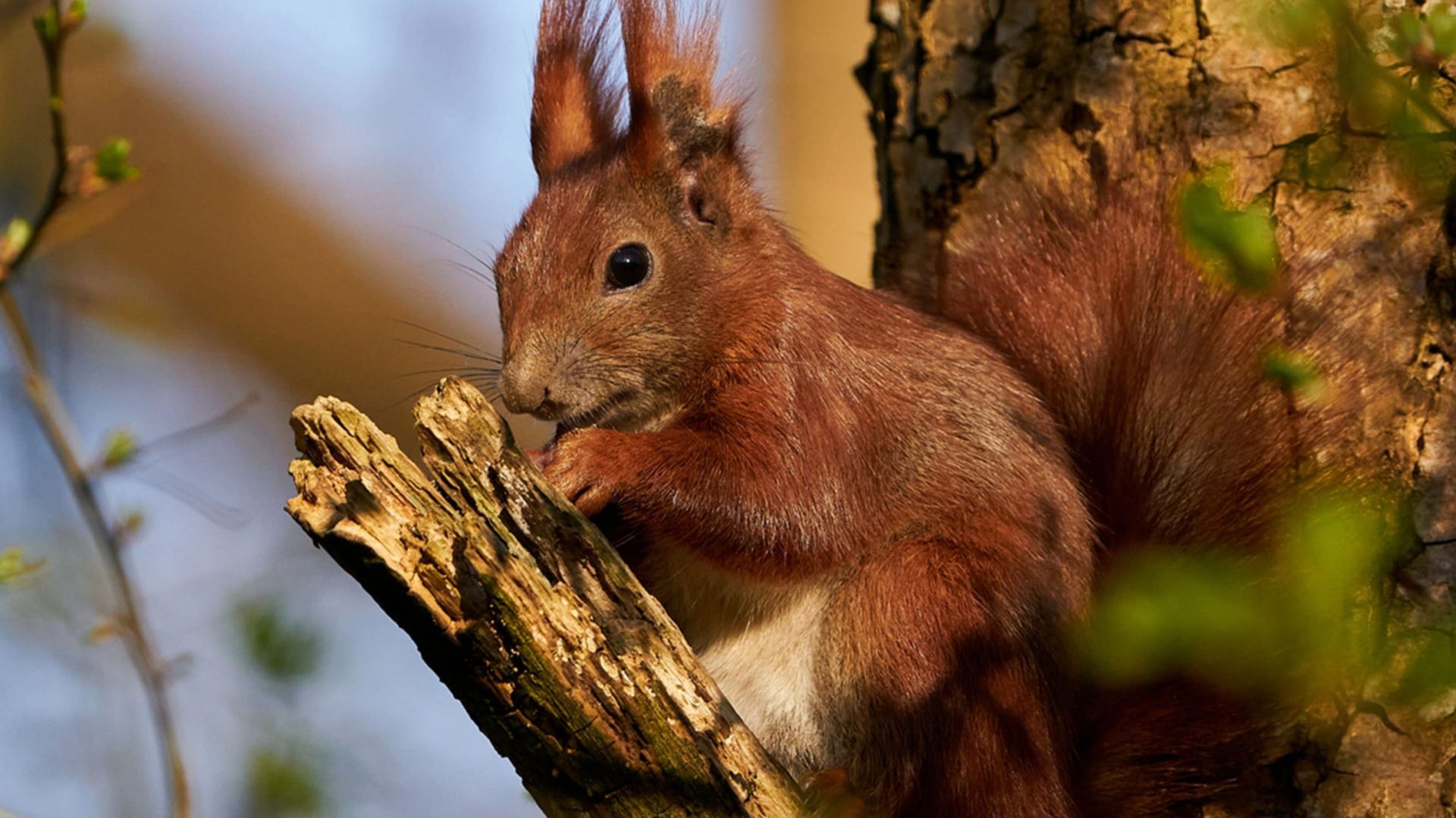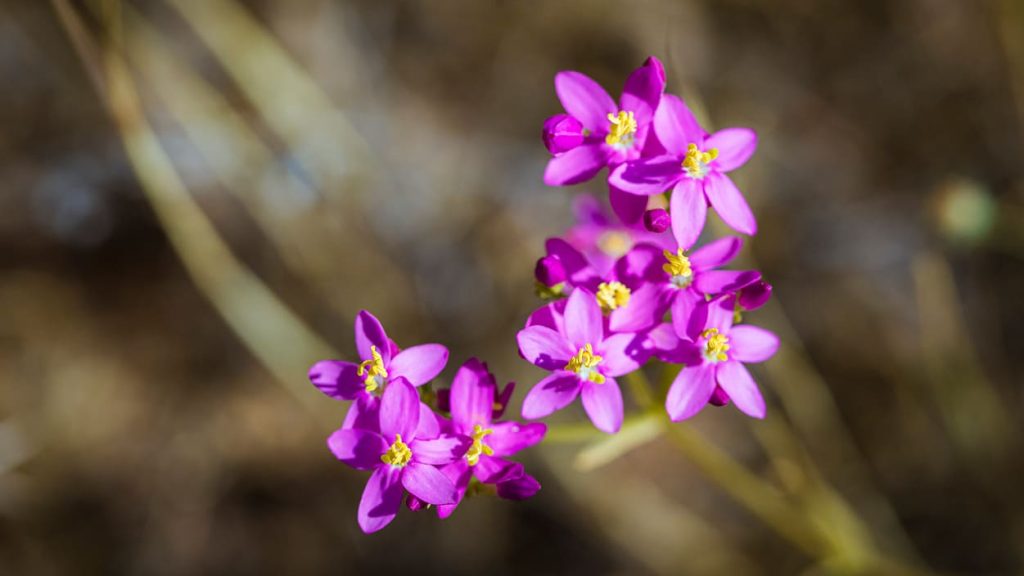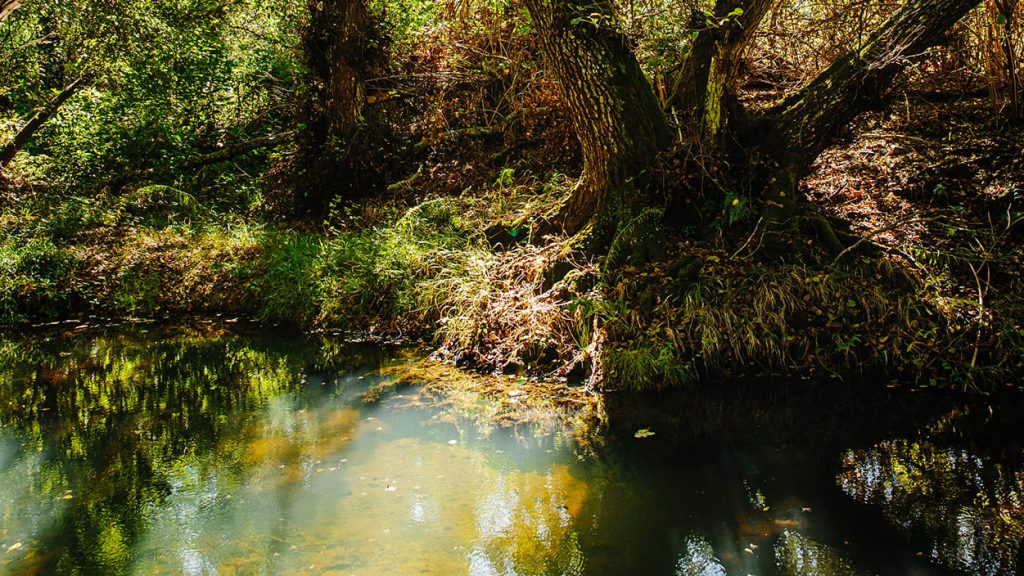Initially used among biologists and ecologists, the expression biodiversity has become part of the common lexicon and is often used to designate the different species on the planet. But is that what it means? Do we know what biodiversity really is?
The word biodiversity was first mentioned in 1985 by Walter G. Rosen, who used it as the title of a seminar on biological diversity. Although the concept of biological, natural, and genetic diversity had been known for a long time, there have since been several attempts to define biodiversity.
The definition that has come to be globally accepted was penned in 1992, during the Convention on Biological Diversity, and describes biodiversity as “the variability between living organisms from all sources, including, among others, terrestrial ecosystems, marine and other aquatic ecosystems, and the ecological complexes of which they are a part – which includes diversity within species, between species, and of ecosystems”.
When we go into more detail, we realise that there are three major components contained in the word biodiversity:
- The genetic diversity that exists within a species. It is because of this diversity that individuals of the same species are not all the same. Just thinking about pets, like dogs or cats, is enough to understand what this means.
- The diversity of species that exist in a given place, forming a community. This variety includes all forms of life: animals, plants, fungi, and millions of other living organisms only visible under the microscope, such as microbes.
- The diversity of relationships and processes that are established at the level of ecosystems and their communities, both between the various living beings and between these organisms and the non-living elements of their habitat (for example, water or soil), as well as the relationships and interactions between different ecosystems. In this respect, it is important to reinforce the idea that no community exists in isolation and that it will not remain stable if its habitat undergoes major changes.
Understanding what biodiversity is, therefore, implies understanding what it means for ecosystems: just as in an orchestra, in which all the instruments make their coordinated contribution to a piece of music, all these forms of life also play their part in the balance of ecosystems. If an instrument stops playing, the music loses its harmony. Likewise, if the diversity is reduced in a given place, the balance of that ecosystem runs the risk of being lost.





